Karnataka Elections: Congress ahead, BJP on the defensive
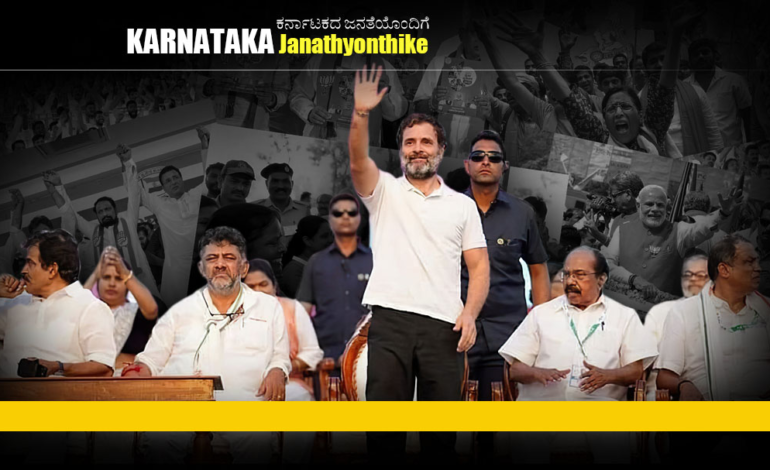
A ruling party with an inept leadership, a government whose main ‘claims to fame’ are a communally divisive agenda and allegations of corruption, a strong anti-incumbency sentiment – the Congress has no reason to lose the May 10 Assembly elections. Clear favourites in the latest round of elections, the Congress looks confident and comfortable amidst a bitter election campaign. It has successfully managed to steer the hotly contested debates away from national and/or communal politics, and focused on the local and the regional – the lack of development, unemployment, poverty and social justice under the BJP government and ‘Kannadiga pride’. But, with hardly a week to go for the polling day, the battle for the 224 Assembly seats appears far from over. Emotional rhetoric, religious polarisation, sectarianism, Hindutva and hate speeches appear to be rapidly gaining prominence in the context of the Congress’ perceptible advantage.
Invoking Bajrang Bali
The BJP campaign is being led by Prime Minister Narendra Modi, who has crisscrossed the State several times addressing public meetings and conducting road shows, Union Home Minister Amit Shah, party president J.P. Nadda and Uttar Pradesh Chief Minister Yogi Adityanath, besides the Karnataka strongman B.S. Yediyurappa. It is on the defensive trying to ward off allegations that its government led by Basavaraj S. Bommai has not only done precious little for the State but indulged in corruption.
The saffron party has gleefully latched on to what it calls the Congress’ “blunder” in declaring that it will ban the Bajrang Dal (and any other fundamentalist organisations), a fringe outfit of the Sangh Parivar if it comes to power. The Congress’ manifesto equating the Bajrang Dal and the Popular Front of India (PFI) as terror organisations has been conveniently projected by the saffron forces as denigration of Bajrang Bali (the Hindu god Lord Hanuman), an affront to the Hindu faith, and another instance of appeasement politics. The BJP cites the statements of the leaders of the Social Democratic Party of India (SDPI), the political wing of the banned PFI, that it had withdrawn its candidates from 84 constituencies in favour of the contestants of the Congress and other secular parties and that it is only contesting 16 seats as evidence of the Congress’ compromise with Muslim communalism. Said Bommai: “The Congress party is under the influence of the SDPI and the PFI.”
Modi chose to make the promised ban on the Bajrang Dal a big election issue by not only defending the Bajrang Dal (whose proclivity to violence is well recorded), but also asking crowds at several public meetings to chant “Jai Bajrang Bali”. He said that the Congress initially locked up Lord Ram and is now looking to imprison Bajrang Bali. In the blatantly communal turn of the BJP’s campaign, the Congress, which has until now steered clear of any religious issues, appears to be in a dilemma over what stand to take on the issue. While Karnataka Pradesh Congress Committee president D.K. Shivakumar went out of his way to distinguish between Bajrang Bali and the Bajrang Dal and announced that Hanuman temples will be constructed, repaired and renovated in Karnataka, senior leader M. Veerappa Moily said there was no plan to ban the Bajrang Dal. But Congress spokesperson Pawan Khera stuck to the stand that the Bajrang Dal will be banned by the Congress, if required.
Though the BJP has repeatedly stated that development and its government’s achievements will be the focus of its election campaign, the Hindutva message behind this façade is all too evident. The party is banking on a polarised political environment to tackle the anti-incumbency sentiment. BJP general secretary C.T. Ravi, a three-time MLA from Chikmagalur, summed up the party’s position when he said that for the BJP, Hindutva was synonymous with nationalism and that there would be no compromise on its commitment to that concept. For the party, which has never secured a majority in the 224-member Assembly – the last three Assembly elections have also not given a majority to any party – a victory in Karnataka is crucial. For the Congress, a grand win could mean several things ranging from a resurgence of Rahul Gandhi’s political fortunes, to signifying a moral victory in its efforts to bring about opposition unity to defeat Modi. For the Janata Dal (S), the elections are another test of its ability to survive as a political party. A big loss could very well be the beginning of the end for an outfit which hopes to win 30 to 35 seats.
‘40 percent Government’
Ever since Basavaraj Somappa Bommai took over as the 17th Chief Minister in July 2021, his government has been facing allegations of corruption, misgovernance, groupism and malfeasance. (Bommai took over from the BJP’s most well-known leader in the South, B.S. Yediyurappa, who had become Chief Ministership in July 2019 by dethroning the Janata Dal (S)-Congress coalition government after a series of defections.) In April 2022, the contractors association alleged that BJP MLAs and the then Panchayat Raj Minister K.S. Eshwarappa demanded 40% commission or bribes from contractors for every project. The Association had even dashed off a letter to the Chief Minister, Prime Minister Narendra Modi and Governor Thaawar Chand Gehlot. The letters went unanswered but both the BJP and Eshwarappa stoutly denied the allegations. Eshwarappa was also forced to resign subsequently. At a press conference on March 27, 2023, D. Kempanna, the contractor association’s president, said: “After writing to the Prime Minister (on July 6, 2021), we had a lot of expectations. During the run-up to (2018) elections, the Prime Minister termed the previous (Congress) regime as 10% government. We wrote to him stating that the bribe amount has increased to 40%.” Though no formal complaint was filed before the authorities, the 40% corruption charge has had a Teflon effect..
In March, the son of BJP MLA Madal Virupakshappa was arrested after the Lok Ayukta, the anti-corruption watchdog of the Karnataka government – caught him in the act of taking a bribe of Rs 40 lakh. The officials also recovered Rs 7 crore in cash from the MLA’s residence. Madal Virupakshappa, who was then the chairman of the Karnataka Soaps & Detergents Limited, was later arrested.
Reservation Card
In the run-up to the elections, the BJP attempted to woo the electorate with some social engineering by offering additional reservation in educational institutions and government jobs to the State’s two most socially, economically, politically dominant and land-owning communities – the Veerashaiva-Lingayats and Vokkaligas – under the 2D category of reservations of the OBC quota. The Bommai government also controversially scrapped the 4% religion-based reservation that the Muslims in the State had enjoyed since 1995, under Category 2B, on grounds of being socially and educationally backward. The government announced that Muslims would be removed from the Other Backward Classes (OBC) category and that the 4% reservation taken away from them would be distributed equally among the Veerashaiva-Lingayats and Vokkaligas. Quick on the heels of this move, the government support base accorded reservation for 101 Scheduled Castes (SC). Both these decisions triggered a political controversy. In a related case, the Supreme Court held that the decision to exclude the Muslims from their 4% quota was “prima facie shaky and flawed. Prima facie, on the basis of the documents that are before us, it appears that the foundation of your decision-making process is highly shaky and flawed…Because it is on the basis of an interim report. Why could you not wait for the final report? What was the great hurry?” the Supreme Court bench asked Solicitor-General Tushar Mehta, who appeared for the Karnataka government. Further, the bench said: “This is not about religion. It is about socially and educationally backward classes. The 4% reservation is totally knocked out and the percentage of those who already had it has increased. There is a class of persons whose benefits are taken away by a stroke and on the basis of an interim report.”
Lingayat Base
The BJP’s core strength in Karnataka has been its base among the Lingayats. Riding largely on the back of this support, the BJP has managed to increase its vote share and seat tally steadily; its vote share went up from 4.14% in 1989 to 36.22% in 2018, and the seat tally increased from four to 104 during the same period. The official count of the Lingayat population is anywhere between 15% to 17% of the population. But some statistics leaked from the caste survey done during Siddarmaiah’s chief ministerial tenure indicated that they accounted for not more than 12%. Whatever be the exact number, the Lingayats have had a disproportionate share in power ever since Karnataka’s formation in 1956. The Lingayat community has in its sub-sects like the Banajigas, Ganigas and Panchamasalis, who are spread across the State, and wield influence almost throughout the State.
In recent months the BJP’s central leadership, sensing its diminishing sway over the Lingayats after the removal of Yediyurappa as Chief Minister, replaced him with Bommai, also a Lingayat. Then it appointed Yediyurappa as a Parliamentary Board member of the party. It also increased the reservation for the community.
The BJP has also been forced to defend itself against the criticism that it has humiliated and ignored the interests of the community. But an off-the-cuff remark by the Congress stalwart Siddaramaiah helped the BJP to portray him as anti-Lingayat. In an interview to a Kannada news, Siddaramaiah had quipped: “There’s already a Lingayat CM (Bommai) who is at the root of all corruption in the state”. BJP leaders, including Bommai, were quick to launch a scathing attack on Siddaramaiah. Said Bommai: “It is not right for a former CM to make a statement like this. He has said that the entire Lingayat community is corrupt. The Brahmin community had been ridiculed in the past. Earlier, he had tried to break the Lingayat-Veerashaiva community when he was Chief Minister. The people of the State will teach Siddaramaiah a lesson.” Siddaramaiah clarified that his remarks had been “twisted and misinterpreted” by the BJP, and that his “comments referred only to Bommai being corrupt”.
However, the BJP is facing rumblings in its Lingayat support base. As a consequence of the party’s strategy to field new faces – a strategy that was successfully implemented in the Gujarat elections – it denied the ticket to two of its seniormost Lingayat leaders- former Chief Minister Jagadish Shettar and former Deputy Chief Minister Laxman Savadi. The two promptly switched their loyalties to the Congress and are now contesting the Hubli-Dharwad (Central) and Athani seats on the Congress ticket. Both Shettar, a six time MLA and Savadi, a three time MLA, wield considerable influence among the community.
Wooing Vokkaligas
The BJP has also sought to woo the State’s other dominant community, the Vokkaligas, other smaller OBC groups, and also the Dalits. Incidentally, Eshwarappa has blatantly stated that the BJP does not need the votes of the Muslims. Though the BJP has been in power in Karnataka, it has been able to establish a presence in only around 120 of the 224 Assembly constituencies.
The party has tried to woo the Vokkaligas by installing a 108-foot tall statue of Kempe Gowda, the community’s icon and architect of Bengaluru city, at the international airport in Bengalauru. The Vokkaligas constitute 40% of the population in the Old Mysuru region – primarily territories that came under the former Mysore princely state in south Karnataka – which stretches from Bengaluru (Rural) to Chamarajanagar districts and encompasses the districts of Ramanagara, Chamarajanagar, Bengaluru (Rural) Mandya, Mysuru, Kodagu, Kolar, Tumakuru and Hassan districts. The JD(U) has a significant presence in the region. The Muslims in the region have traditionally voted for the JD(S). The Vokkaliga-Muslim combination has earned the JD(S) the reputation of being the kingmaker whenever the State throws up a split verdict. Both the Congress and the BJP find it difficult to come to power on their own because of the Vokkaliga factor. The two parties are now trying their best to wrest the Vokkaliga vote. The BJP has unleashed its star campaigners including Modi and Yogi Adityanath in this region. Modi is scheduled to close his campaign with a visit to the Nanjundeshwara Temple (also called the Srikanteshwara Temple) in the Hindu pilgrimage town of Nanjanagudu in Old Mysuru.
Of the 62 seats in the Old Mysuru region the Congress relies on its base among AHINDA (a Kannada acronym for Alpasankhyataru or minorities, Hindulidavaru or backward classes, and Dalitaru or Dalits) along with the support from a section of Vokkaligas. It is in a straight fight with the JD(S) in most seats. But the BJP has, buoyed by the 2019 Lok Sabha election results when the party for the first time ever received 40 per cent of the votes in southern Karnataka, has made inroads in this region. The party is hoping to double its tally. The Prime Minister in rallies in the Old Mysuru area has claimed a vote for the JD(S) is a vote for the Congress. “The JD(S) is the B team of the Congress,” he said. In the current assembly, the JD(S) holds 26 seats from this region, while the Congress has 20, and the BJP 16.
Of the 17 CMs Karnataka has had, seven were from the Vokkaliga community. The Vokkaligas are also present in sizable numbers in 27 of Bengaluru urban district’s 28 constituencies (Anekal being the lone exception), Bengaluru rural district’s four constituencies, and Chikkaballapura’s eight constituencies.
Both the Congress and the BJP are banking on winning Bengaluru, which accounts for 28 seats, and Belagavi, which has 18. In Bengaluru, the party won 15 seats in 2018, while in Belagavi, it pocketed 13. Modi has already done a road show in Bengaluru and two more covering 34 kms are planned over the weekend.
The BJP continues to hold sway in the coastal region, which is known as the ‘laboratory’. Though dissidence has surfaced in a couple of seats, the Congress has not been able to alter the political balance in the region’s 19 seats.
No party can hope to come to power in Karnataka without winning a majority of the seats in the Kalyana-Karnataka and Kittur-Karnataka regions. The Kalyana-Karnataka region comprising the seven districts of Bidar, Yadgir, Raichur, Koppal and Kalaburagi – which were once part of the Kingdom of Hyderabad ruled by the Nizams – and, Ballari and Vijayanagara of the erstwhile Madras province, has 40 seats. Lingayats are the dominant political force here. The Congress, which takes credit for according special status to this backward region through the introduction of Article 371(J) in the Constitution in 2012 during the UPA-II regime at the Centre, has traditionally done well here. The move has benefited the region in a big way, with reservations in education and employment, apart from special grants for infrastructure development. Incidentally, the BJP, when it led the National Democratic Alliance (NDA) government, rejected the demand for special status.
In 2008, the Congress bagged 22 seats, while in 2013 it won 23. In 2018 the party bagged 21 seats. The northeastern corner of the State, which comes under the Kalyana-Karnataka region, has produced several tall Congress leaders including two Chief Ministers – Veerendra Patil and N. Dharam Singh. And Congress president Mallikarjuna Kharge hails from this region. Kharge’s elevation in the party has certainly enthused Congress cadre in the region.
The BJP which won 15 seats from this region in 2018 riding on its support from the Lingayats, increased its tally to 18 after three Congress legislators defected. The BJP takes credit for renaming the Hyderabad Karnataka region as the Kalyana Karnataka region, claiming that “the B.S. Yediyurappa-led government liberated the region from psychological slavery to Nizam rule.” The mining baron Gali Janardhana Reddy, a power centre who recently quit the saffron party, has launched the Kalyana Rajya Pragati Paksha (KRPP) and is contesting in most seats in the region. The JD(S) won four seats in this region in 2018.
Much churn has taken place in the Kittur-Karnataka region in the run-up to the elections. Earlier known as the Bombay Karnataka region, it comprises the districts of Dharwad, Haveri, Gadag, Belagavi, Vijayapura and Bagalkot. This region solidly behind the BJP in the 2018 elections, the BJP won 30 of the 48 seats on offer, with the Congress winning 17, and the JD(S) two.
The Congress and the BJP are in a close fight in Central Karnataka comprising the districts of Davangere and Chitradurga, where the BJP won 10 of 13 constituencies in 2018. In the Malanad districts of Shivamogga and Chikkamagaluru, the BJP won 10 of the 12 seats.
A united Congress seeks to highlight the corruption charges against the Bommai regime, its policy of troubling the minorities, and its failure to take forward Brand Karnataka. The BJP, with its central leadership literally managing the campaign, is attempting to hold on to its position as the party with the largest number of seats. The third player, the JD(S), continues to remain a distant third.
The AIDEM presents the opinion of common people about the impending elections to the Karnataka state assembly: Karnataka Janathayonthike.


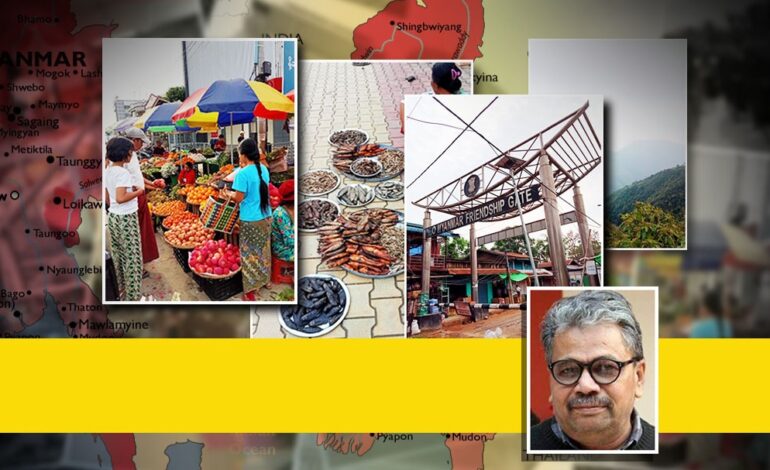
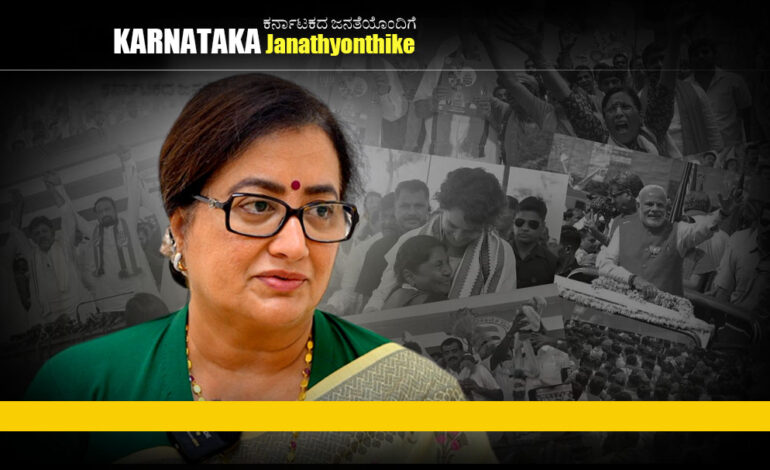
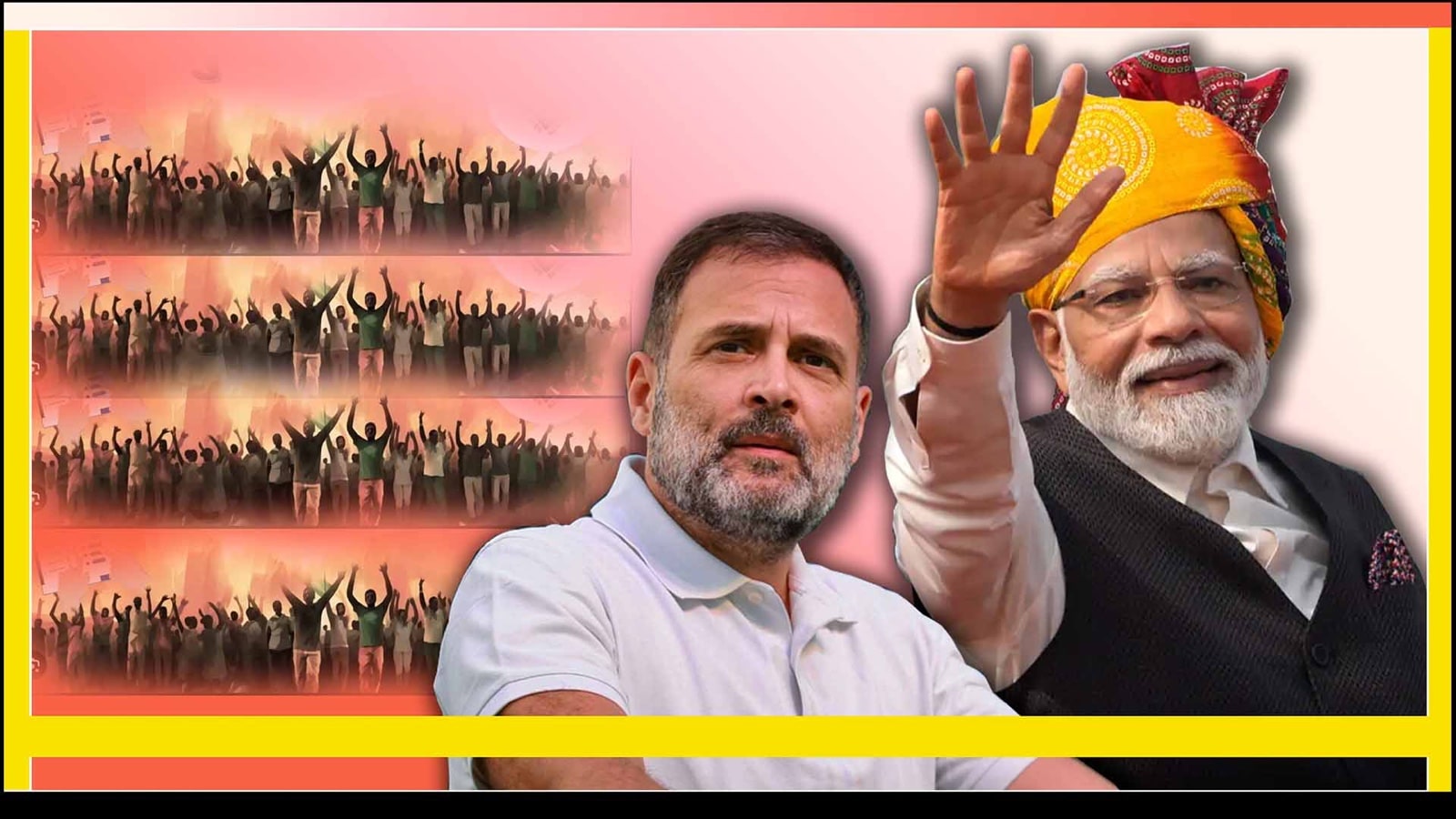
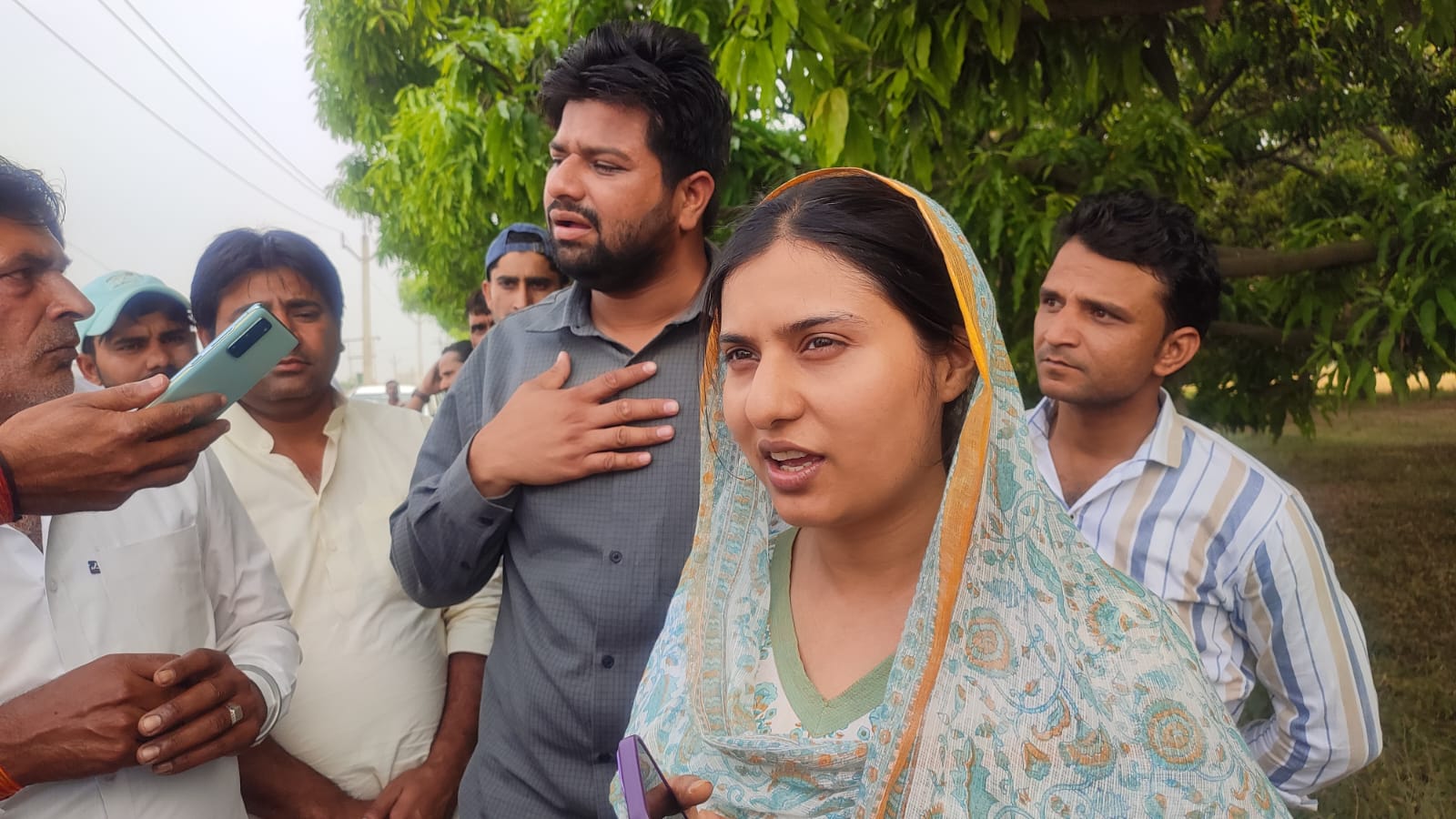
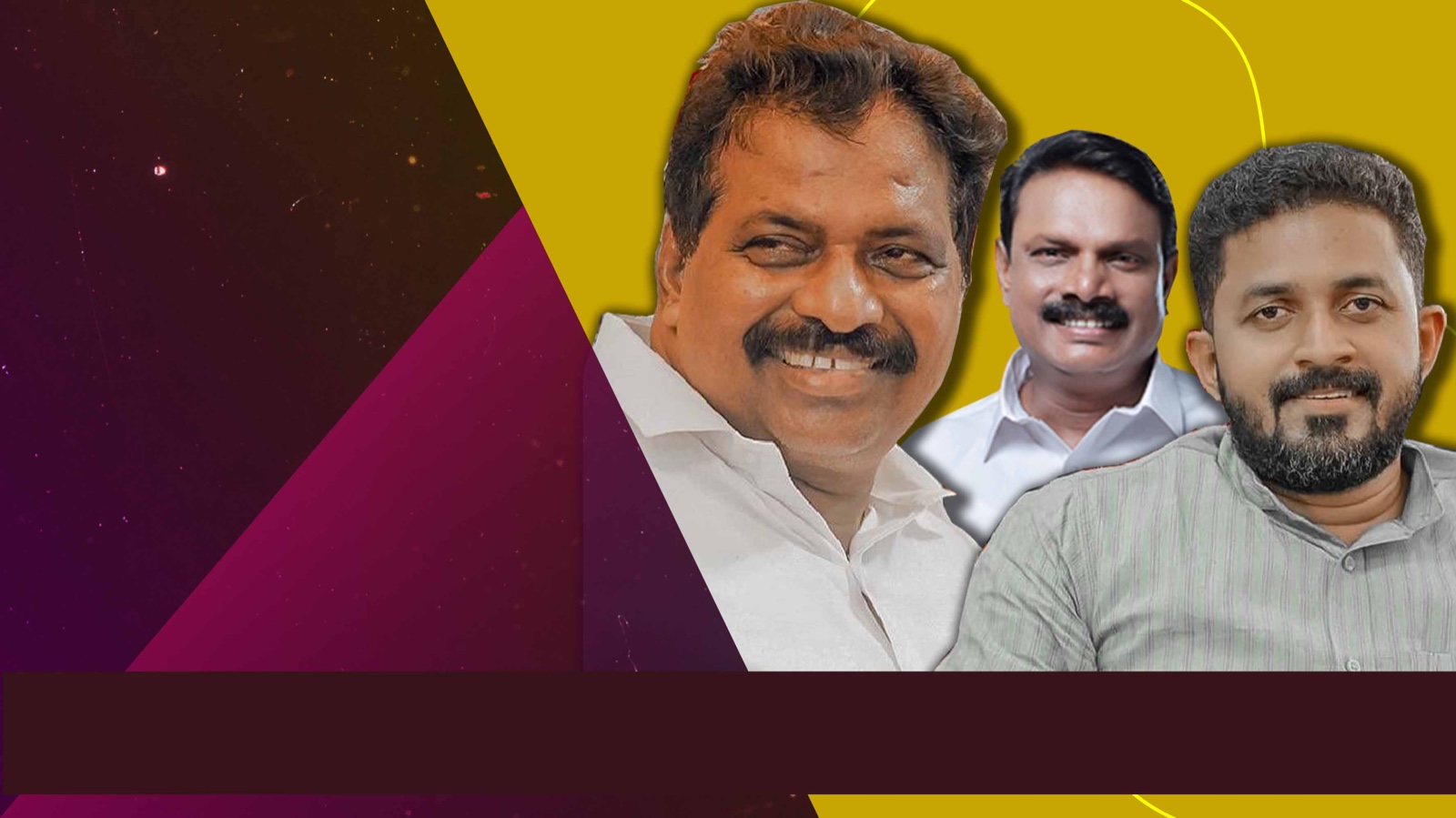
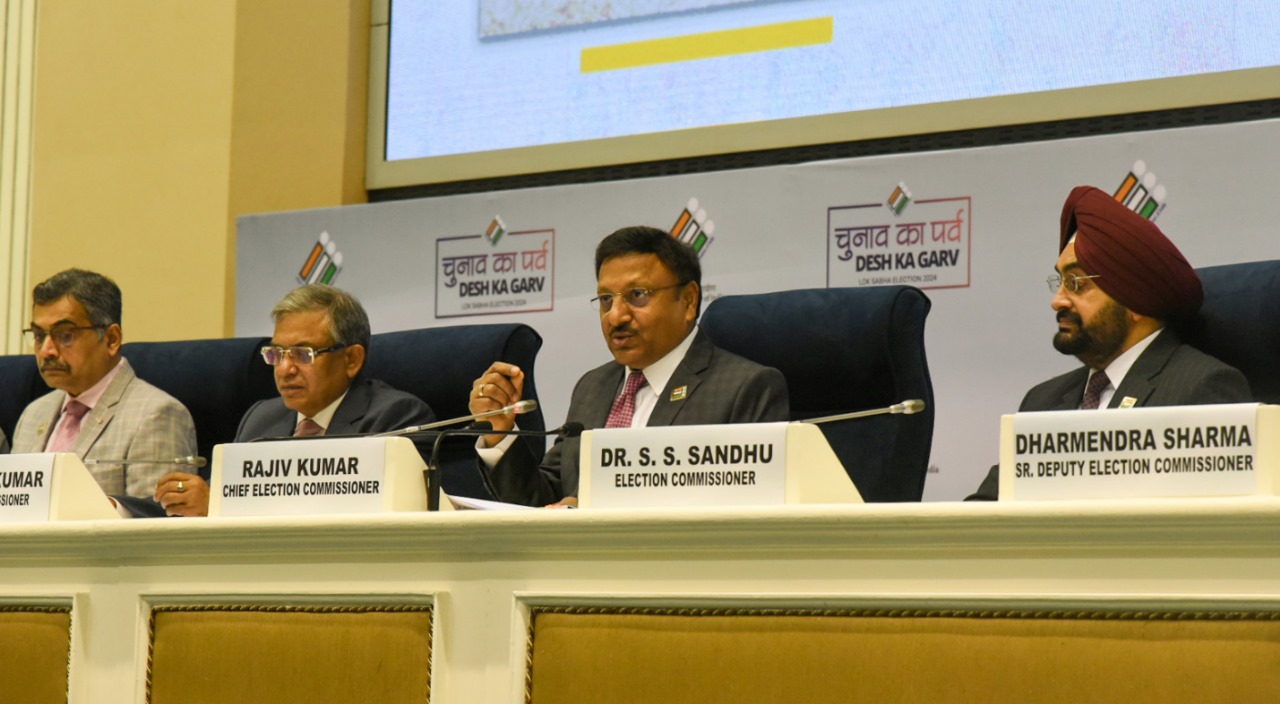
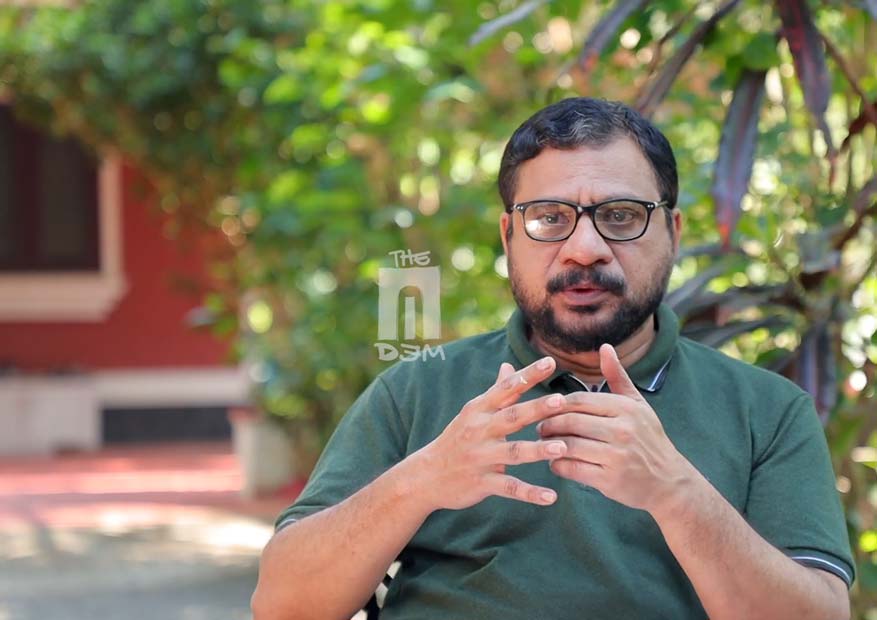
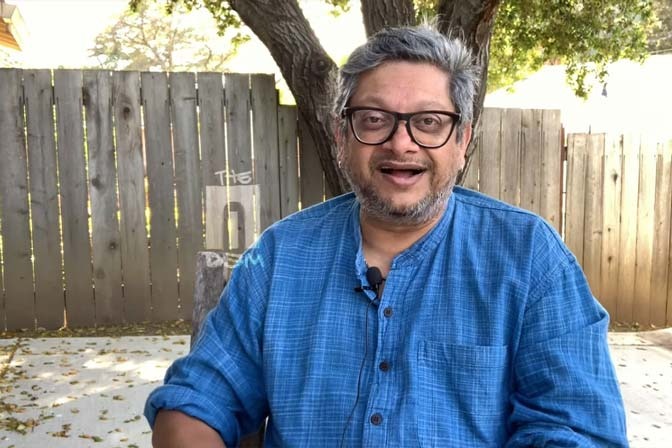
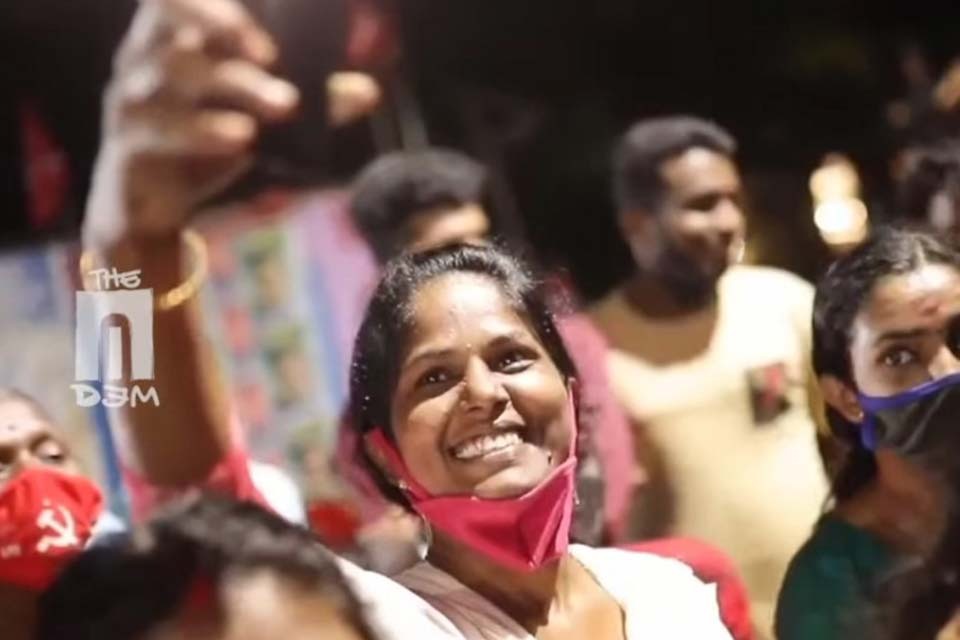

Comprehensive analysis of the electoral scene . Look forward to a final round up giving the latest picture …
Kudos to Ravi Sharma and AIDEM . You guys were spot on 👍🏾🙏